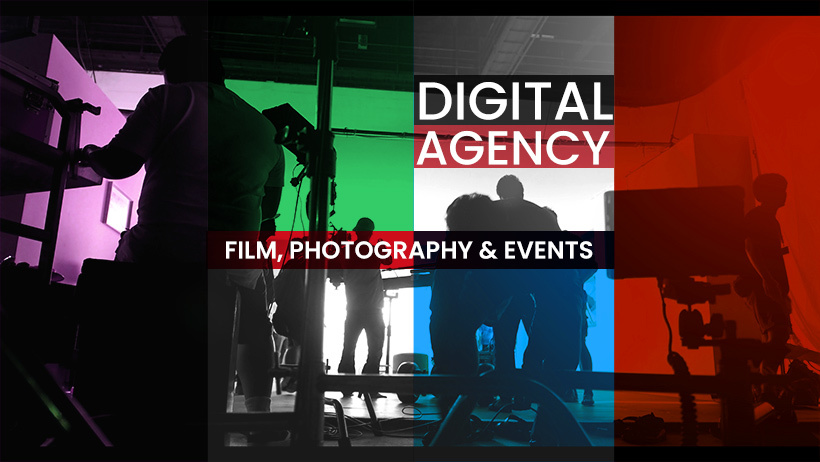The world of cinema is a magical realm where captivating stories come to life. Behind every visually stunning film lies the art of production design, an often-underappreciated aspect of filmmaking.
Production design plays a vital role in creating immersive and believable worlds that transport audiences into the story. From the intricate details of set design to the selection of props, colors, and textures, production designers are the architects who bring the director's vision to fruition.
Setting the Stage: Creating Atmosphere
One of the primary responsibilities of a production designer is to establish the atmosphere of a film. Through the careful selection of locations, props, and set design, they create the mood and tone that align with the story's narrative. Whether it's a dystopian future, a whimsical fantasy world, or a gritty urban setting, the production designer collaborates with the director and cinematographer to visually translate the intended emotional impact onto the screen.
**
Building a Visual Language: Set Design and Props**
Production designers work closely with the art department to construct sets that breathe life into the story. Every detail, from the furniture and decorations to the placement of objects, contributes to the authenticity and believability of the film's world. Whether it's a historical period piece or a futuristic sci-fi adventure, film pro production designers meticulously research and recreate the visual elements of the chosen time and place. They consider historical references, architectural styles, and cultural nuances to ensure accuracy and create a coherent visual language.
Color Palette and Visual Aesthetics
The careful selection of colors and visual aesthetics is another critical aspect of production design. Colors have the power to evoke emotions, set the mood, and convey symbolic meanings. Production designers work closely with cinematographers and costume designers to establish a cohesive color palette that complements the film's themes and enhances the storytelling. Whether it's vibrant and saturated hues for a lively comedy or desiderated and muted tones for a somber drama, color choices play a significant role in enhancing the overall cinematic experience.
Collaboration and Communication
Production designers are not solitary artists but collaborative team players. They work closely with the director, cinematographer, costume designer, and other key members of the crew to ensure a cohesive visual vision. Effective communication and collaboration are crucial to align everyone's creative efforts towards a unified goal. Production designers excel at translating verbal concepts into tangible visual elements and are skilled in managing the production design team to bring the director's vision to life.
***Character Development:* Designing Spaces that Reflect Personality**
In addition to creating physical environments, production design also influences character development. The spaces inhabited by the characters in a film speak volumes about their personalities, lifestyles, and aspirations. Production designers work closely with costume designers and directors to ensure that the visual elements align cohesively. Every aspect, from the furniture and decor to the color scheme and lighting, contributes to the characterization. A cluttered and chaotic space might reflect a character's inner turmoil, while a minimalist and pristine environment could highlight their meticulousness. Through the artful manipulation of design elements, production designers shape the audience's perception of the characters and their journeys.
Symbolism and Visual Metaphors
Production design extends beyond mere aesthetics.
It is a powerful tool for storytelling through symbolism and visual metaphors. Production designers collaborate with cinematographers to create a visual language that supports the themes and motifs of the film. Symbolic elements integrated into the production design can evoke emotions, convey subtext, and deepen the audience's understanding of the story. For example, the use of specific colors or recurring visual motifs can represent abstract concepts or foreshadow significant events. These deliberate choices by production designers enhance the narrative depth and add layers of meaning to the film.
Conclusion
In the world of filmmaking, production design is the unsung hero that builds captivating worlds. It encompasses everything from the creation of immersive sets and props to the careful selection of color palettes and visual aesthetics. Production designers are storytellers who use their artistic skills and meticulous attention to detail to transport audiences into the director's vision. By understanding the importance of production design and its impact on the overall cinematic experience, audiences can develop a deeper appreciation for the artistry behind the magic of the movies.




Discussion (0)